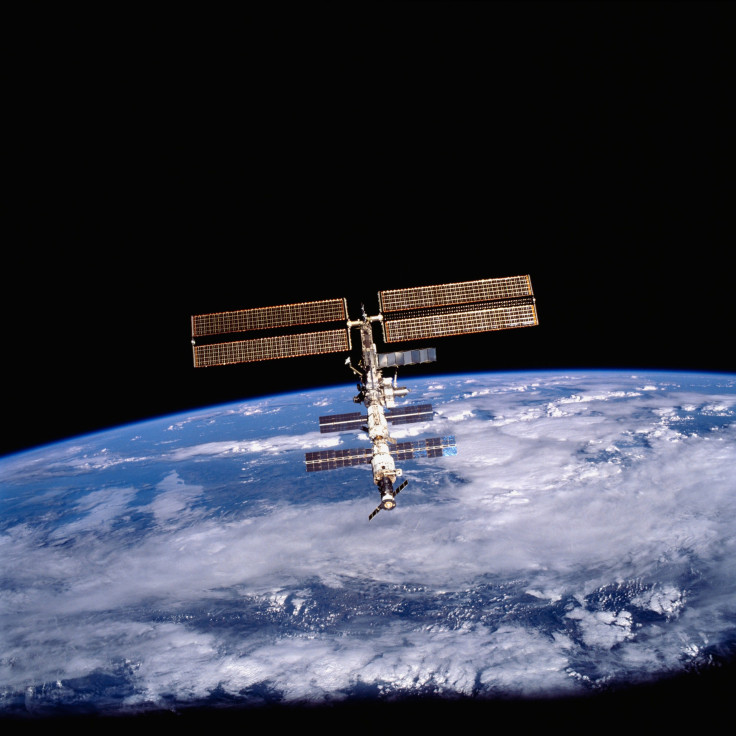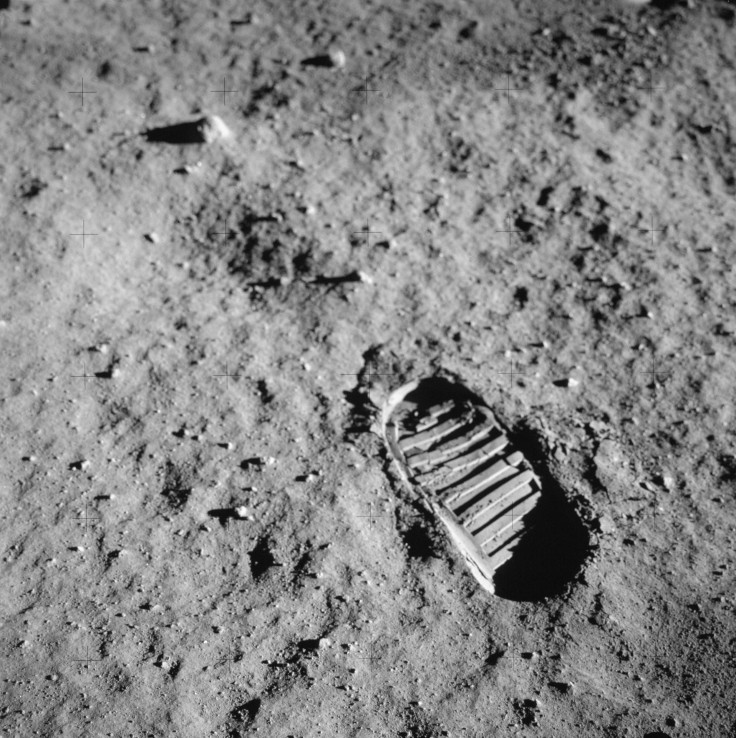NASA Teams Up With Russia To Build Space Station Around The Moon

NASA is teaming up with the Russian space agency Roscosmos to build a moon base and further space exploration, according to an announcement made on Wednesday.
The statement from NASA mentions that it is collaborating with Roscosmos as it continues to work on the “deep space gateway” concept, referring to an idea in which a manned spacecraft in orbit around the moon would be used as a launching point for missions both to the lunar surface and to points in space farther away. That cislunar spacecraft is projected to kick off in the 2020s.
“Building a strategic capability for advancing and sustaining human space exploration in the vicinity of the moon will require the best from NASA, interested international partners, and U.S. industry,” the American space agency said. Working internationally “reflects the common vision for human exploration that NASA and Roscosmos share. Both agencies, as well as other International Space Station partners, see the gateway as a strategic component of human space exploration architecture.”
The goal is to use the deep space gateway to increase human presence in space, starting with the area around the moon and then the solar system as a whole. That includes Mars.
“While the deep space gateway is still in concept formulation, NASA is pleased to see growing international interest in moving into cislunar space as the next step for advancing human space exploration,” Robert Lightfoot, the acting administrator at NASA headquarters, said in the space agency’s announcement. “Statements such as this one signed with Roscosmos show the gateway concept as an enabler to the kind of exploration architecture that is affordable and sustainable.”

And the collaboration will lay the groundwork for future partnerships in space exploration.
Engadget explained that the life support systems on the international cislunar spacecraft will be based on Russian designs, as Roscosmos runs the life support systems in its section of the International Space Station. The docking ports on the new orbiter would also have Russian design.
Both American and Russian rockets will be used to construct the deep space gateway.
Scientists will look to the International Space Station, including how it was built and how it is operated, while designing the deep space gateway, NASA said.
Engadget notes that the partnership could ensure cooperation even while there are political tensions between the U.S. and Russia.
The news of the partnership comes a few days after a European Space Agency official speaking at a planetary science conference in Latvia proposed a plan to have a moon colony by 2050. The French scientist, Bernard Foing, predicted that there would be a small team on the moon in another 10 years or so, and up to 1,000 could be living there by his target year, with children possibly being born on the moon in a few decades.
Although it is not clear which countries will work with the U.S. and Russia on the deep space gateway, a lot of countries and companies want in on the moon action. Japan announced earlier this year that it plans to send people there by 2030, after working with NASA on a cislunar spacecraft and using that orbiter to launch a Japanese astronaut to the surface. And private space company Moon Express wants to build a robotic outpost on the moon within the next several years to start mining it for resources.
© Copyright IBTimes 2025. All rights reserved.




















